“Business has only two functions: marketing and innovation.”
Google’s move is not surprising given a 30-something friend’s recent hiring by Google after an exhaustive assessment process to determine whether he’d be a good cultural fit. Apparently he is, because three weeks into the new job he’s off and running, although I don’t know exactly what he’s doing. It wouldn’t surprise me to discover that he’s working on some high-potential Alphabet project given his unusual mix of talents and experience: a coder who can discern and dissect client problems with an eye toward solving them in a practical, profitable way. He's also a talented graphic artist and has a mind that allows him to imagine products into being and help make them successful.
I am reminded, in thinking about Google’s fascinating strategic move, of a quote by Bob Waterman in the landmark 1980s book In Search of Excellence -- something like “The best businesses are always in the process of becoming something new.” I may not be remembering the quote precisely, but you get the idea. It’s a perfect description of what Google is up to.
“As Sergey (Brin) and I wrote in the original founders letter 11 years ago,” says Google co-founder Larry Page in his introduction to Alphabet’s new Web site, ‘Google is not a conventional company’ … we did a lot of things that seemed crazy at the time. Many of those crazy things now have over a billion users, like Google Maps, YouTube, Chrome, and Android. And we haven’t stopped there. We are still trying to do things other people think are crazy but we are super excited about … (because) in the technology industry, where revolutionary ideas drive the next big growth areas, you need to be a bit uncomfortable to stay relevant ..."
Of course, the wags on Twitter are all about making fun of the novel company name, such as calling the new campus “Alphabet City”. Or check out this would-be headline: “Google restructures under ‘Alphabet.’ - Corp headquarters to move to Sesame Street. Bert & Ernie to be co-COOs.”
Yuk it up all you want. To my way of thinking, Google has scored big with its new structure, and at the end of market trading today, investors appear to have agreed -- on an otherwise down day for stocks. With the Dow having fallen more than 200 points on China’s currency revaluation, GOOG was up, somewhere north of 4%.
Somebody in Mountain View must have been reading Drucker.
TakeAway: Build on your present successes while investing in imaginative new opportunities that your future customers don’t even know they need yet.
Content © by Brian E. Faulkner
sources: http://www.cnbc.com/2015/08/10/google-announces-plans-for-new-operating-structure.htmlhttp://www.cnbc.com/2015/08/11/why-investors-like-googles-alphabet-news-analyst.html
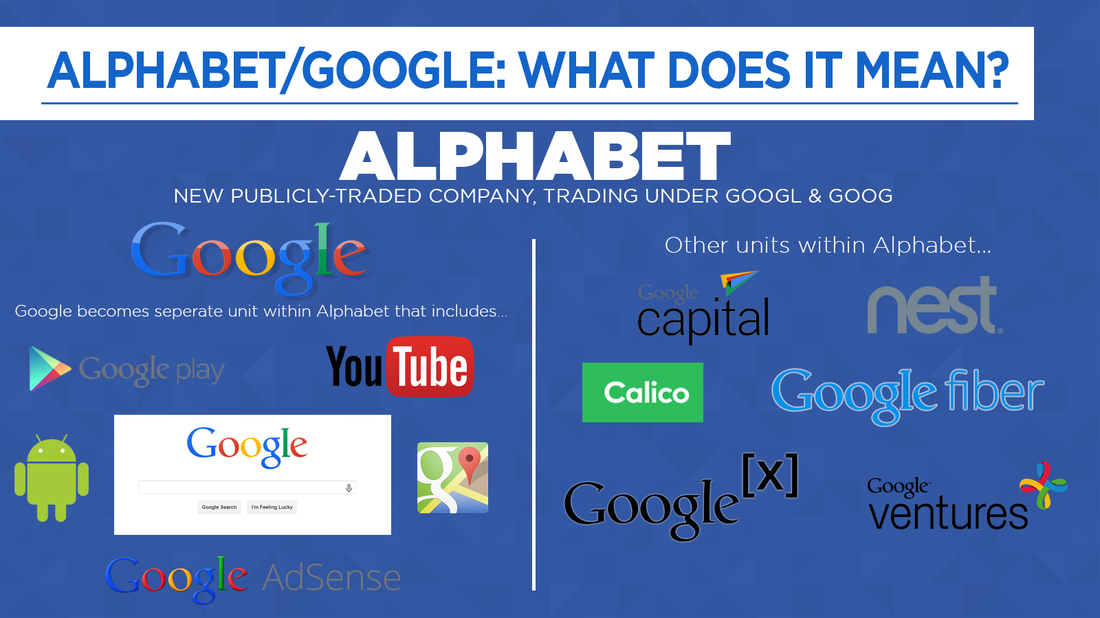

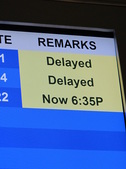
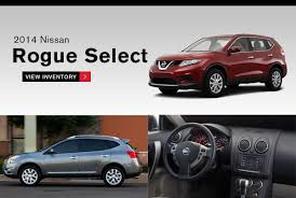
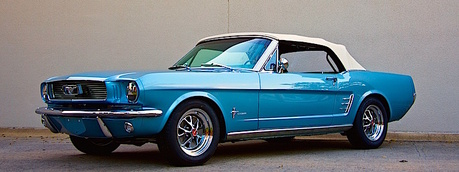

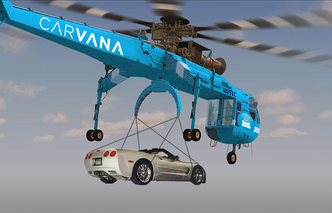


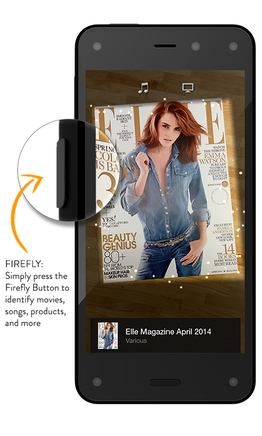


 RSS Feed
RSS Feed